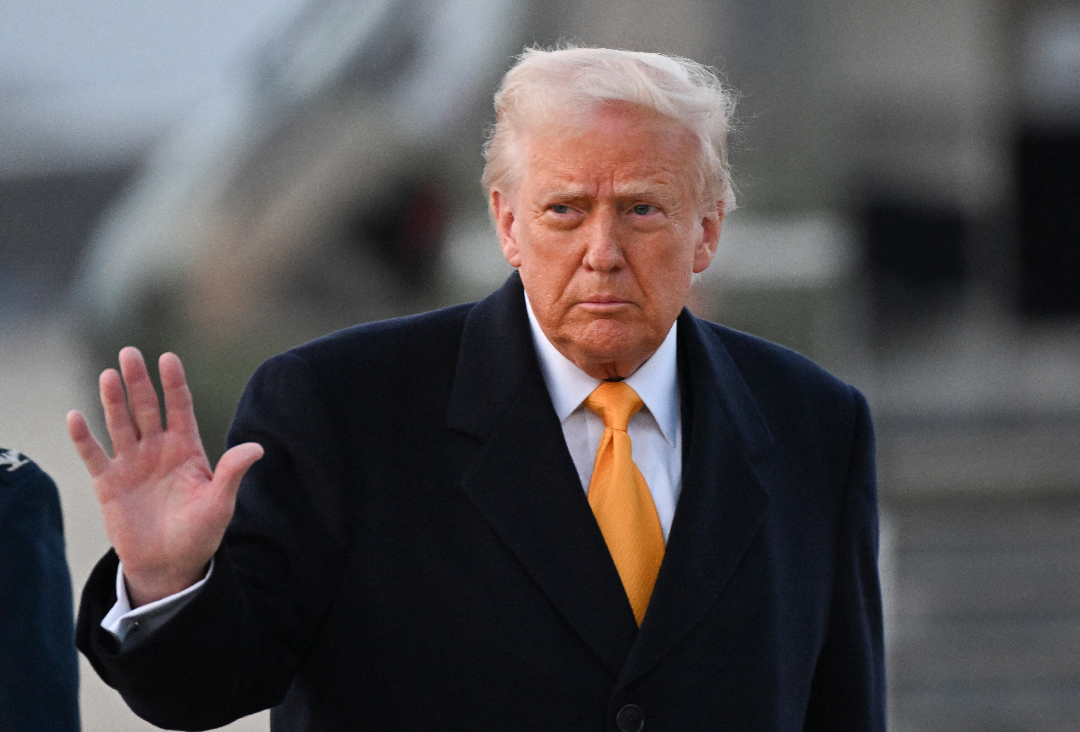On February 1, the White House issued a Fact Sheet justifying President Donald Trump’s decision to impose tariffs on Canada, Mexico, and China, its three largest trading partners, by citing the “extraordinary threat” posed by illegal immigration and drug trafficking, particularly fentanyl. After an intense stand-off with Mexico’s president, Claudia Sheinbaum, and Canada’s prime minister, Justin Trudeau, Trump backed down from his plans, claiming victory after both nations agreed to concessions on border policy and drug trafficking coordination in exchange for a one-month pause.
Then on March 4, Trump made a series of erratic moves. First, he imposed 25 percent tariffs on most imported goods from Mexico and Canada, carving out a special exemption for energy. Two days later, he partially suspended these tariffs by broadening the exemption to include goods that fall under the US-Mexico-Canada Agreement (USMCA) free-trade deal he had negotiated with Mexico and Canada during his first term. This decision was promptly followed up by a plan, scheduled to take effect on March 12, to slap a 25 percent levy on steel and aluminum on all importers except Canada, for which he reserved a 50 percent tariff.
Other than countering drug trafficking and migration, one of the main justifications given by the White House is the United States’ trade deficit in goods, which in 2023 reached over $1 trillion. It is unclear whether Trump’s plans will succeed in achieving any of their stated aims, but they have already forced politicians within North America to radically rethink their assumptions about the geopolitics of the hemisphere.
America’s attacks on its northern neighbor have come as a particular surprise to observers. Canada has long been one…
Auteur: Paramjit Singh

